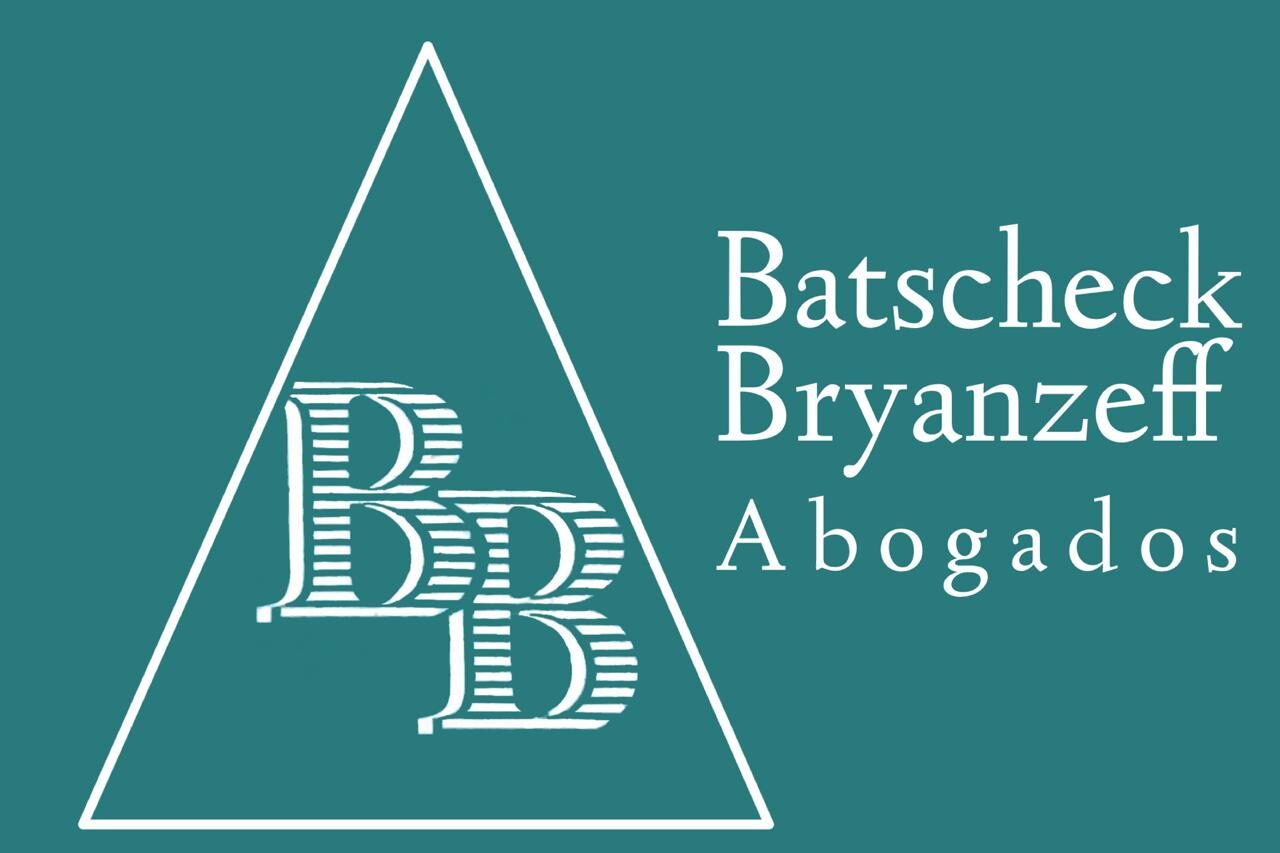
When set up, hard costs incurred by your law firm (such as filing fees) will automatically push back into Clio. While general accounting solutions can help any business streamline its processes, they aren’t built to accommodate the unique accounting needs of law firms (such as trust accounting). This makes it challenging to use a general accounting solution law firm chart of accounts for a law firm.
- Accounting is the process of writing down, categorizing, summarizing, and making sense of a business or organization’s financial activities and events.
- For example, it will not prevent posting of trust transactions to an income or expense accounts, a grave mistake.
- For example, an error in inputting a single transaction can throw off the entire balance of the ledger, making it difficult to reconcile accounts.
- For example, this includes tracking income, expenses, overseeing trust accounts, and monitoring client billing.
- Nested under these you would find business credit card accounts, pooled trust accounts, and bank loans, among other things.
- While you will need to customize your firm’s chart of accounts to the specifics of your situation, there are several common factors for all legal practices to consider.
- Additionally, the accountant should be well-versed in leveraging the preferred accounting method – whether accrual or cash – that best suits the needs of the law firm.
Using tech to make legal accounting easier

Having a law firm chart of accounts is more than just an accounting best practice— it’s a tool to keep your firm’s financial data organized. Also, many firms don’t realize how many accounts they must track to accurately reflect the firm’s value. When set up correctly, a law firm chart of accounts provides an accurate picture of your law firm’s financial situation now, contra asset account and as you move forward. It is critical that a law firm sets up a proper QuickBooks chart of accounts to handle trust accounts and more. In conclusion, accounting and bookkeeping are crucial for law firms to comply with regulations, foster growth, and protect their reputation.
Legal Services Accounting: Law Firm COA Template & Account Hierarchy
We’ll also show you how legal accounting software can make the whole process easier (and more effective). It is the easiest and most organized way to manage your law firm, clients, cases, billing, accounting and more. Most law firms figure out how much money they make by multiplying the number of billable hours their lawyers work by their hourly rate or by adding up the fees for each legal service they offer. As a safety net against future losses or obligations, the company’s equity also protects the company’s debtors.
Creative Halloween Costume and Outfit Ideas for Lawyers
Additionally, assets can be utilized as a buffer against financial losses. For instance, if a law firm experiences a decline in revenue or an unexpected expense, it may be able to sell assets in order to generate cash and compensate for the losses. Likewise, if the law firm experiences a period of low cash flow, it may be able to use its assets as collateral to secure a line of credit or other form of short-term financing. In this article, we will explore the Chart of Accounts used in legal accounting, including assets, liabilities, equity, revenue, and expenses.


This creates a better matching of costs to the revenues earned in a given month or year. It allows for more meaningful financial management that isn’t influenced by the ups and downs of cash flow. As a next step, take https://www.bookstime.com/ stock of any software that integrates with your accounting application. If you are logging time and reimbursable expenses or creating invoices in an application, that program affects the records organized under your chart of accounts.
- The key to making your income statement helpful is to think through your chart of accounts so that you can track meaningful information.
- Accounting’s main goal is to give business owners, and other interested parties useful, accurate, and reliable information about their finances.
- Ethics rules vary in each jurisdiction, but there are definitely some basics when it comes to accounting for law firms.
- It typically includes asset, liability, equity, income, and expense accounts.
- If you plan to use QuickBooks Accounts Payable (A/P) for your Trust transactions, you should rename the AP account to “Operating A/P” so you can easily tell it apart from Trust A/P.
- Using legal technology can ease the workload of manual tasks while helping your firm meet its goals—avoiding errors, ensuring compliance, and staying organized.
Choosing the Right Accounting Method
CaseFox offers powerful features to manage cases, clients, and accounts efficiently. When looking at the importance of solid accounting, you’re really talking about looking at financial data on a regular basis. And you can’t do that if you’re not gathering and sorting it on a regular basis. Learn more about the legal chart of accounts and view examples of formatting. And a lack of professionalism can lead to losing your clients, referrals, and growth opportunities. Santander has taken a hit after a Court of Appeal ruling that some motor finance commissions banks paid to car dealerships were unlawful.
